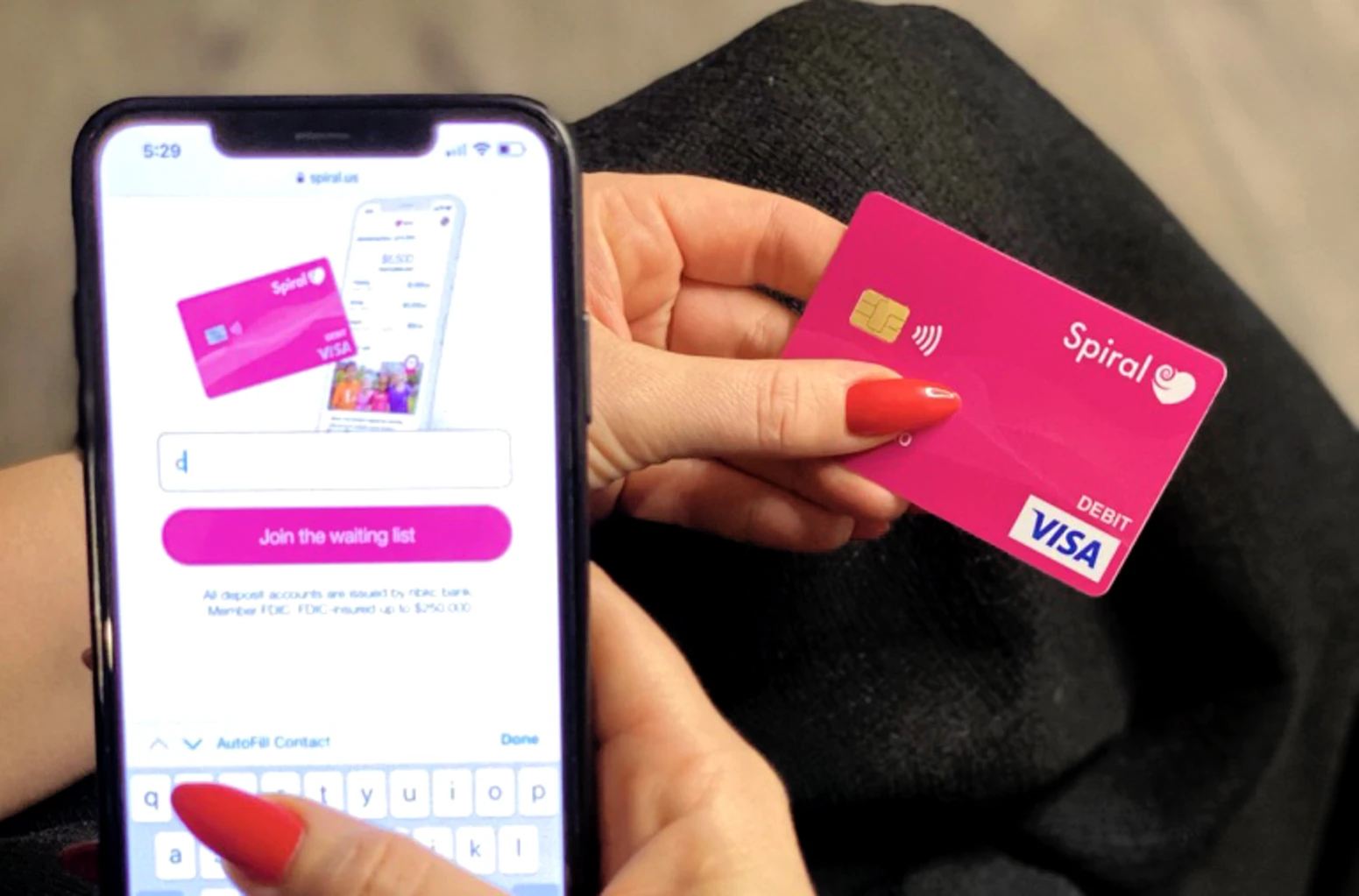
What’s ahead:
- Overall struggle for financial rights for women
- Stereotypes about women and finances
- When could women open a bank account in the U.S.?
- Notable women financial pioneers
- The Equal Credit Opportunity Act of 1974
- When could women get a mortgage?
- Women continue breaking new ground in the financial area
- The financial road ahead for women
When could women have a bank account?
Access to banking services is something nowadays many people may take for granted because it is such an essential part of navigating life in our society.
Without a bank account and online banking, it can be quite challenging to do many things, such as paying certain essential utility bills, applying for most credit cards and obtaining most business loans.
There are even certain employers that will only pay workers via direct deposit to your bank account. Therefore, it is hard to imagine a time when women were not allowed to have a bank account.
However, this was the case in the U.S. not so long ago when banks simply would not allow women to open accounts.
So, when could women open a bank account? The road to women finally obtaining this right and all other financial rights of men was long and arduous. Let’s explore.
Overall struggle for financial rights for women
In order to fully understand the significance of women not being allowed to open bank accounts in the U.S. until the 1960s, you will need to understand the history of the struggle for women’s financial rights.
Before the U.S. even existed as a sovereign nation, the American colonies adopted British law that stated that women were to become the property of their husbands upon marriage.
Since only the husband was considered a legal citizen, all of a woman’s property she owned prior to marriage became her husband’s property.
It was not until 1771 that New York became the first state to make it legally required for a husband to obtain the consent of his wife to sell property that his wife had brought into the marriage.
Women had to wait until the next century for the first state, Mississippi, in 1839 allowed women to legally own property in their own names.
Then, finally in 1848 New York passed the Married Woman’s Property Act which made a woman not automatically liable for the debts of her husband, allowed her to enter contracts, enabled her to collect rents and permitted her to receive inheritance.
Stereotypes about women and finances
Women were denied basic financial independence due to false stereotypes about gender which are still largely influential in our society today.
Historically throughout most societies around the world, including American society, women had been considered overly emotional and irrational persons.
They were believed to lack the intelligence and logical faculties that men possess and therefore less capable of being able to properly manage personal finances.
In other words, it was allegedly for a woman’s own good that she was not allowed to control her own financial situation, including not being able to have a bank account.
When could women open a bank account in the U.S.?
Although it was not yet full rights to commercial banking services, in 1862 California made the first step towards achieving full rights to banking services for women.
The state passed a law that created the savings and loan industry in California. The law also allowed a woman to control any funds she deposited in her own name.
During this same year San Francisco Savings Union made the first loan to a woman in the U.S.
In 1919 First Women’s Bank of Tennessee was created to cater to only women customers. The bank’s employees and directors were women, but all of the bank’s shareholders were men.
However, women still did not have the legal protection against being discriminated against by the commercial banking industry.
Most other banks during this time still refused to provide women with bank accounts of their own.
On the other hand, France was well ahead of the U.S. in this regard at this point in time. France had already granted single, unmarried women the right to have bank accounts in 1881.
Then, five years later France gave married women this same right. But, when could women have a bank account in the U.S. finally?
The U.S. did not follow suit until the 1960s when women were finally given the right to have a bank account.
Not until 1975 did the U.K. catch up with the U.S., granting women the same right.
5 Notable women financial pioneers
Although women did not even have the right to possess a bank account, it is notable that some exceptional women were able to break gender barriers related to the financial world despite having dramatically less power in this realm.
- In 1870 Victoria Woodhull and her sister Tennessee Claflin became the first women to own a Wall Street stock brokerage.
Woodhull, a suffrage activist, would later be the first woman presidential candidate. She chose abolitionist Frederick Douglas to be her running mate.
2. Louise M. Weiser, in 1875, became the first woman president of a bank headquartered in the U.S. This was remarkable since, at that time, she could legally be refused an account from a commercial bank on the basis of her gender despite being the president of an American banking institution.
She had inherited the position at Winneshiek County Bank from her late husband. Weiser remained the president of the bank, which was located in Decorah, IA, until 1892.
3. In 1919, Sarah Breedlove became the first woman self-made millionaire in the U.S. She made her fortune by founding a line of hair care products designed specifically for Black American women.
Breedlove, who achieved fame under the name Madam C.J. Walker was also a highly successful real estate investor.
4. President Franklin D. Roosevelt made Frances Perkins the first woman cabinet member when he appointed her as Secretary of Labor in 1933.
Perkins ended up playing a major role in creating the Social Security System.
5. Muriel Siebert was the first woman to attain a seat at the New York Stock Exchange (NYSE) in 1967. At this time there were 1,365 other seats at the exchange. All of the other seats were occupied by men.
The Equal Credit Opportunity Act of 1974
Even though women were given the right to have a bank account in the 1960s, most banks and financial institutions had a policy of disallowing women to apply for credit and loans.
Despite the accomplishments of the first woman bank president, the first woman self-made millionaire and the first woman seated at the NYSE, stereotypes of women not being capable of financial responsibility still pervaded American society.
This resulted in banks viewing loans to women as too financially risky. Therefore, banks would not lend credit to women without having their husbands or another man as co-signers.
So, when could when get credit cards finally?
It was not until 1974 when this shocking inequality was resolved with the passage of the Equal Credit Opportunity Act (ECOA).
The law made it illegal for credit card companies or any other financial institution or lender to discriminate against applicants based on gender, religion, race or national origin.
Also, the ECOA prohibits lenders from asking applicants about their marital status except for in “community property” states which are states that deem marital property, for purposes of divorce, as property of both spouses regardless of whose name is on the ownership title.
However, this prohibition only applies to those applying for separate, unsecured credit.
The law also makes it illegal for creditors to ask an applicant if he or she plans to have children or any additional children.
However, creditors are allowed to inquire regarding the number of existing children, the ages of the children and any financial obligations connected to the existing children.
Additionally, the ECOA prohibits lenders from disqualifying applicants for receiving alimony or child support payments from a former spouse.
When could women get a mortgage?
Not until the passage of the ECOA in 1974 was it possible for women to obtain a mortgage on their own without facing legally permitted discrimination.
Although women could technically be accepted for a mortgage at this point, they still lacked much of the autonomy that men had in regards to home loans and financing.
It was not until 1981 that husbands were required to obtain consent from their wives before taking out a second mortgage on a property that is jointly-owned. This point was finally settled by the U.S. Supreme Court in the case of Kirchberg v. Feenstra.
Women continue breaking new ground in the financial arena
Since women have been granted full rights to have a bank account and to apply for credit and loans, women have continued to make headway in the world of finances.
In 1975, the first bank owned by a woman opened its doors in New York City. Famously, well-known feminist writer and activist, Betty Friedan had an account at the bank.
In 2000, Martha Stewart became the first self-made woman billionaire in the U.S. She became famous as a television personality and made her fortune through various business ventures in the arenas of ecommerce, publishing, merchandising and broadcasting. Stewart was also an author of several bestselling books.
Janet Yellen became the first woman head of the Federal Reserve when she was appointed by President Barack Obama in 2014.
She would later be appointed by President Joseph Biden to be the first woman U.S. Secretary of the Treasury in 2021. Notably, Yellen was sworn into this position by Vice President Kamala Harris, the first woman Vice President of the U.S.
The financial road ahead for women
Despite making significant progress over many decades, there are still plenty of changes which need to occur in order for women to achieve financial equality. Women are still paid less than men for doing the same work.
The Census Bureau reported in 2018 that on average women earned only 82 percent of the wages earned by men, which is an 18 cent wage gap. For women of color the wage gap is even larger.
Also, women are largely underrepresented in leadership positions within the business world. Despite women making up a majority of the population in the U.S., they only account for 5 percent of CEOs at Fortune 500 companies.
Also, they only make up 7 percent of top executives at Fortune 100 companies and only 10 percent of high level management positions in companies listed in the S&P 500.
There is still a long way to go on the road to true financial equality for women. This road obviously extends well beyond addressing the concern of when could women have a bank account.
Women of color remain even more disadvantaged than white women when it comes to finances.
This is why the financial industry, activists and everyday people must continue to do all that they can to make sure that equality of financial opportunity for women is eventually achieved in the U.S. as well as the rest of the world.
Spiral Impact-as-a-Service™
Spiral is the pioneer of the Impact-as-a-Service™ platform that helps banks and financial institutions easily embed sustainability, social impact, ESG, and CSR into their businesses. Their mission is to empower 10,000+ U.S. financial institutions and millions of people to contribute to a better world.
Spiral’s impact-driven products allow people to donate more easily to their favorite causes, including non-profits and charities working to create a more equitable society for women.


